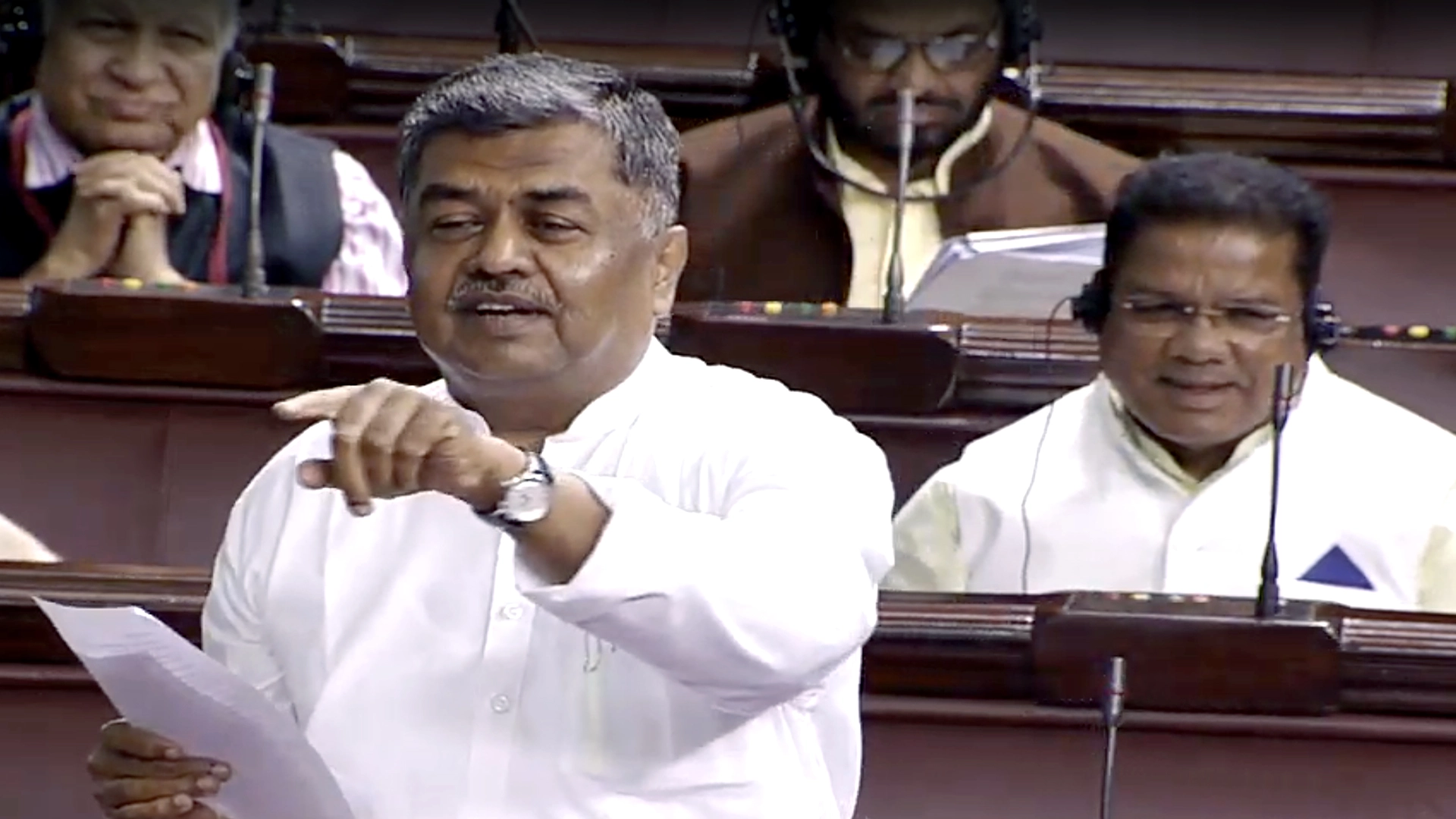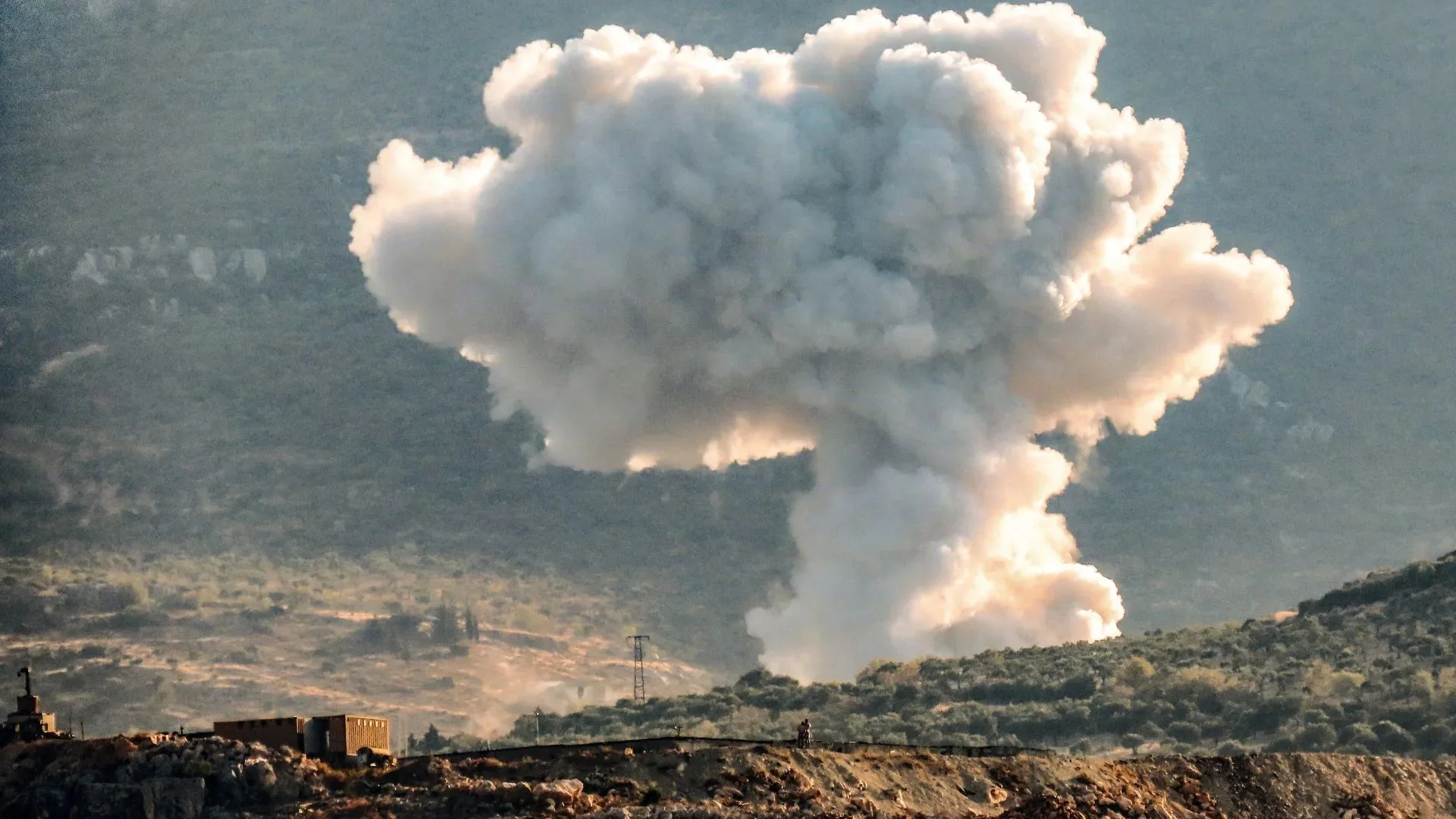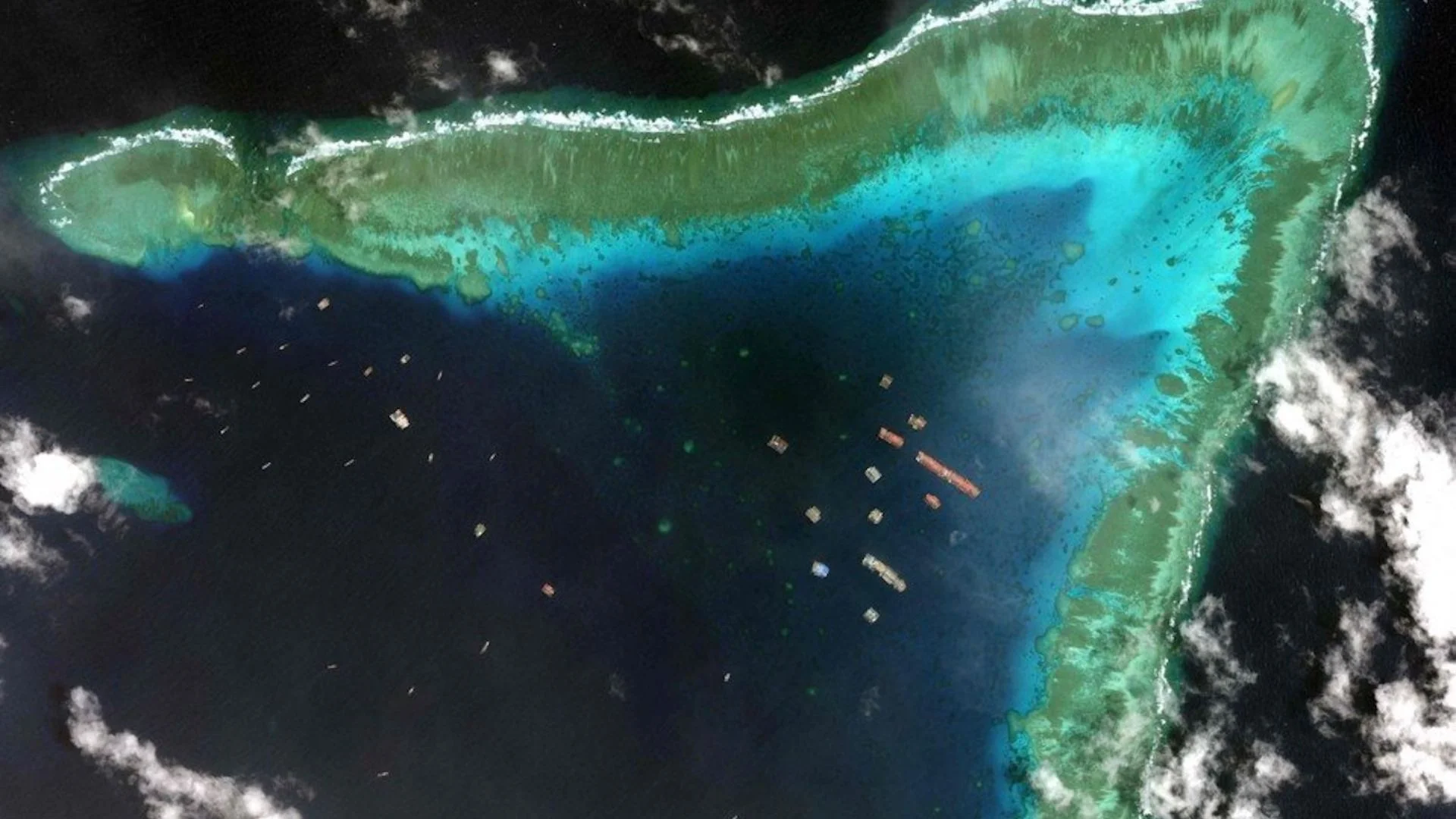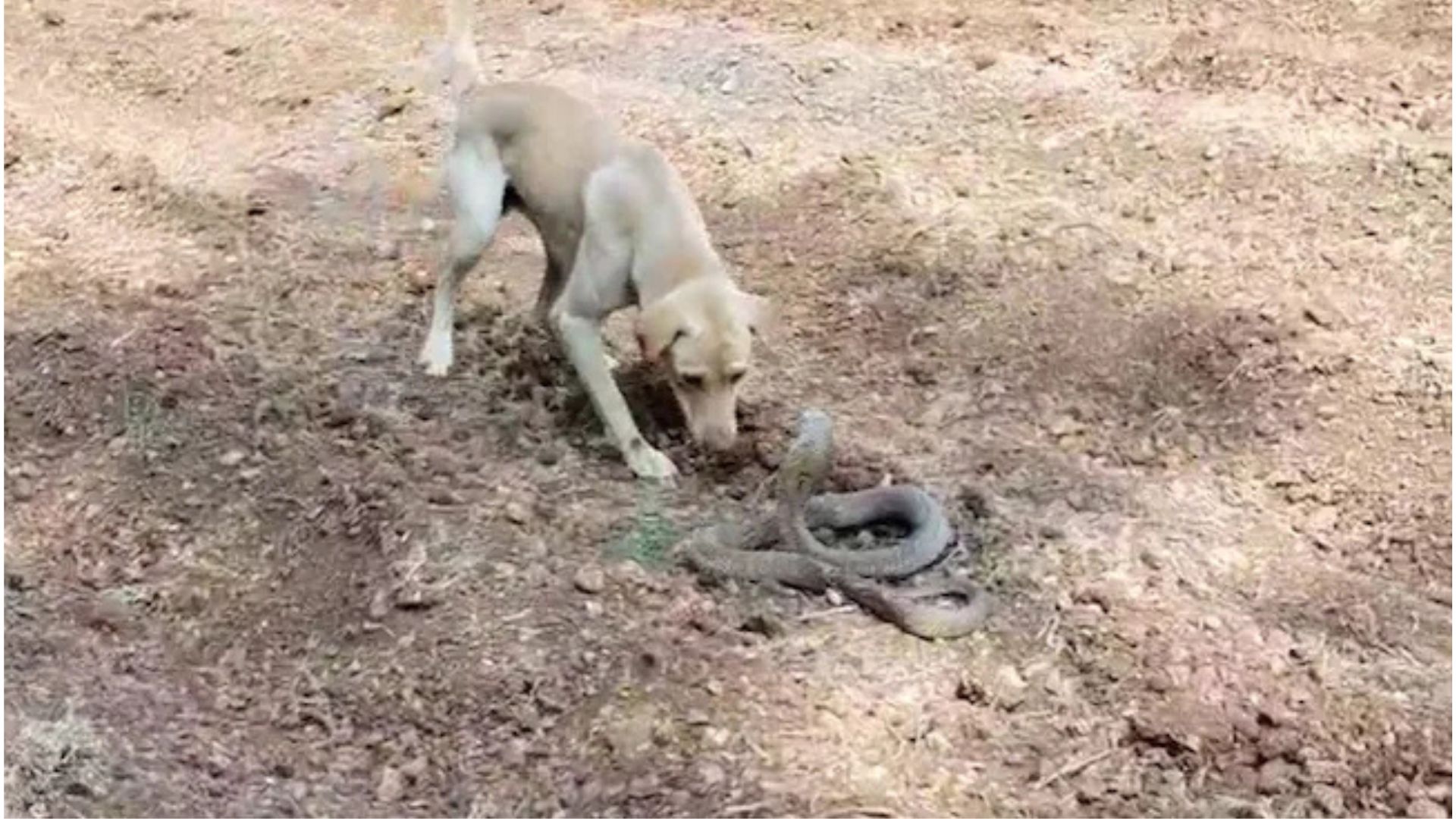The National Green Tribunal (NGT) is constantly directing the state government to tighten the noose around the industrial units violating norms which continues to result in increased water pollution in the rivers. The statistics reveal that the pollution has increased in the three rivers namely Yamuna, Ghaggar and Markanda passing through the state. Thus, directions of NGT are being continuously flouted. It has come to the fore that the untreated effluent being discharged into aforesaid rivers from a lot of industrial units in bulk is a major source of pollution in the river water. Apart from this, the issue of pollution in Yamuna river led to political ruckus as well as due to which Haryana and Delhi have come face to face many times.
It has been revealed in the information received that there has been a continuous increase in the pollution of rivers in different states across the country. There are a total of 311 polluted river stretches across the country out of which Haryana has three river basins in which continuous pollution is taking place. The Yamuna, Ghaggar and Markanda are among the polluted river stretches of Haryana. The industrial cities of the state have become the cause of increasing pollution in the Yamuna. At the same time, it has also been revealed in the official information that out of total 311 polluted blocks of the country, a maximum 55 i.e. more than 20 percent are in Maharashtra alone. After this, there are 19 polluted river stretches in Madhya Pradesh and eighteen each in Kerala and Bihar. After this, there are 14 polluted river stretches in Rajasthan and 13 each in West Bengal, Tamil Nadu and Manipur.
Due to the spurt in water pollution in Haryana, people residing in adjoining areas continue to fall as an easy prey to the fatal disease namely cancer. Due to the increasing pollution in these rivers, the people of nearby villages are continuously coming under the grip of serious diseases like cancer and black jaundice. Notably that the matter has been echoing continuously in the assembly as several legislators hailing from different parties continue to raise the issue after the increase led to cancer which resulted in untimely death of several patients.
Even despite the repeated instructions, the administration in the concerned districts has failed to take any concrete steps. In wake of the spurt in water pollution, the NGT issues instructions stating that contaminated water should not be dumped in the rivers and the administration should ensure that all the rules related to prevention of pollution are strictly followed. On the contrary, there is no significant change in the situation on the ground. The rules are not being followed by the industrial units as the chemical and waste materials are continuously being immersed. The Government and the NGT have also expressed their displeasure due to the increasing pollution in the rivers and for not reigning in the industrial units breaching the rules. CM Manohar Lal Khattar himself had reviewed the matter last year and had issued instructions to the officials to make comprehensive planning regarding this.














